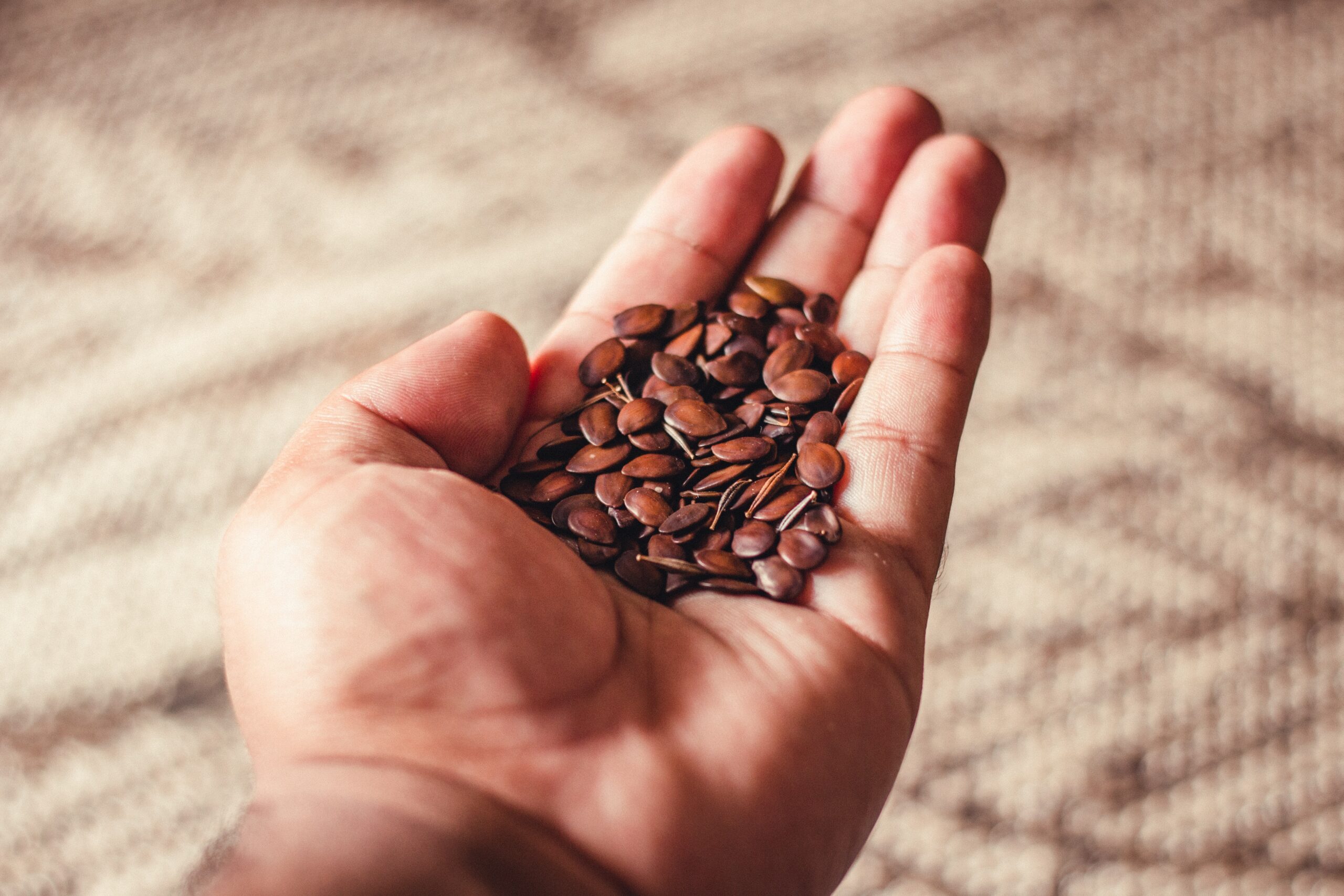I first came across flax seeds when I was researching ways to improve hair health. That’s when I discovered that not only are flax seeds great for the hair, but they are also a powerhouse of nutrients for overall health. From lowering cholesterol and blood pressure to helping fight against some forms of cancer, these little seeds pack quite a punch!
Flax seeds are rich in fibre, omega-3 fats, proteins, plant compounds and several vitamins and minerals such as magnesium, thiamine and phosphorus. A single serving of this nutty delight can provide you with an impressive amount of nutrients. Incorporating flax seeds into your regular diet therefore, can be a very effective way to boost overall health.
So what is the right way to eat flaxseeds? While flaxseeds are increasingly becoming popular because of their documented health benefits, there seems to be an equal amount of confusion about what is the best way to eat them. Raw or toasted? Whole or ground? One teaspoon a day or three? If these questions have been on your mind too, you’ve come to the right place because we have got you covered!
Is it better to consume flaxseeds ground or whole?
Most nutrition experts recommend eating ground flaxseed over whole, because ground flaxseed is easier to digest. Whole flax seeds are very hard, with a tough outer shell and may pass through your body undigested if you don’t grind them before eating. The whole seeds also don’t break down fully in your gut, so it’s best to eat them ground to reap the maximum nutritional benefits from them.
Flaxseed is available in both whole and ground form at most grocery shops and health food stores. You can also buy whole flaxseed and grind it at home using a blender, a food processor or a coffee grinder. Ground flaxseed can be stored for up to a week in an airtight container in a cool and dry place.
Should you eat raw flaxseed or is it better to roast them?
It is generally considered safe to eat flax seeds raw, although raw flax seeds are known to contain traces of cadmium and cyanide which may cause a stomach upset in some people. Heating the seeds is a better option, you can roast, toast or bake them before grinding them for further use. If you are roasting flax seeds, remember to roast them on a low flame to keep the nutrients intact.
Can you soak flax seeds in water?
It is perfectly safe to soak flax seeds in water. In fact, soaking flax seeds breaks down gluten and makes the protein in them easier to digest. It also activates enzymes which helps increase the absorption of the vitamins and minerals present in the seeds. You can soak ground flax seeds in water for some time before you consume them, to soak in all the goodness that this wonder food has to offer.
What about flaxseed oil?
Flaxseed oil is a great addition to your diet and can be easily incorporated into salad dressings, sauces and dips. Some of its nutrients are heat sensitive which makes it unsuitable for high heat cooking, so think twice before you use it for deep frying or for any dish that involves cooking at high heat.
Since flaxseed oil is very sensitive to heat and light, it needs to be stored in dark glass bottles in a cool, dark place. While flaxseed oil contains more of the omega-3 fatty acid alpha-linolenic acid (ALA) than ground flaxseed, a lot of other beneficial nutrients such as fibre are not found in the oil. To get the maximum nutritional benefits from this super food, ground flaxseed is a much better option versus flaxseed oil.
How much flaxseed should you eat in a day?
Most experts and nutritionists recommend eating 1-2 tablespoons of flax seeds a day. One tablespoon of ground flaxseed contains 37 calories, 2 grams of polyunsaturated fat (including omega-3 fatty acids), 2 grams of dietary fibre and 0.5 grams of monounsaturated fat. Since flax seeds are a rich source of fibre, it is best to limit your consumption to 4-5 tablespoons per day, so that you don’t get too much fibre, which may cause digestive issues such as gas and bloating.
If you’re eager to reap the many benefits of flax seeds but are not sure how to get started, here are some easy ways to incorporate flax seeds into your diet on a daily basis:
- Roast and grind flax seeds, soak then in water for 15 minutes and drink up a glass of super healthy flax water
- Add a tablespoon of ground flaxseed to your breakfast cereal in the morning
- Sprinkle ground flaxseed over your salad, or into your raita
- Add some ground flaxseed to your mayonnaise or mustard while making a sandwich or roll
- Did you know that flaxseed is an excellent egg substitute? All you need to do is combine one tablespoon of ground flaxseed with three tablespoons of water, and allow it to sit for about 5 minutes. Voila! Your egg substitute is ready. You can now use this in your recipe, just as you would an egg. Ground flaxseed can also be added to baked goodies, just swap some regular flour with ground flaxseed and you have a healthy, nutty addition to your cakes or cookies.
Have any more questions about flax seeds? Drop us a line in the comments below. And for a healthy and delish flax seed recipe that you can try today, head here.
